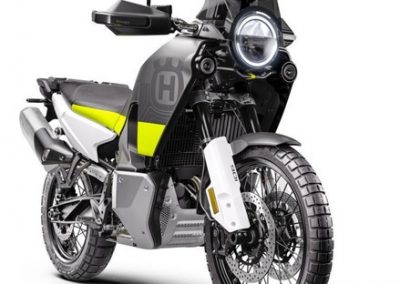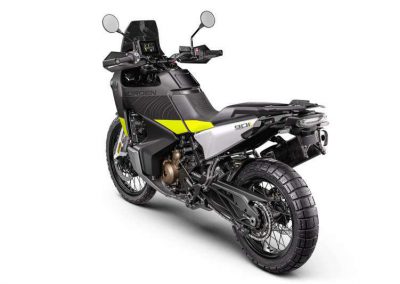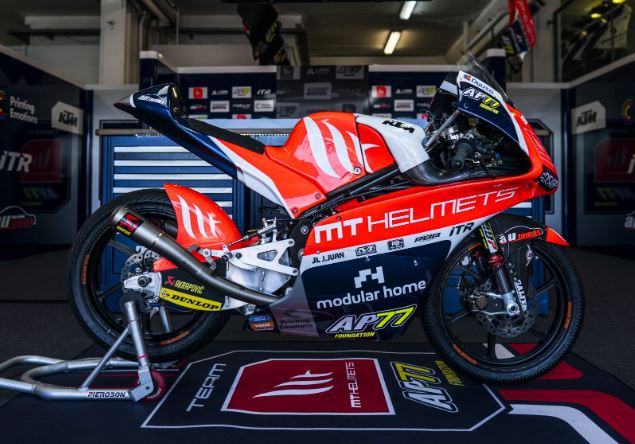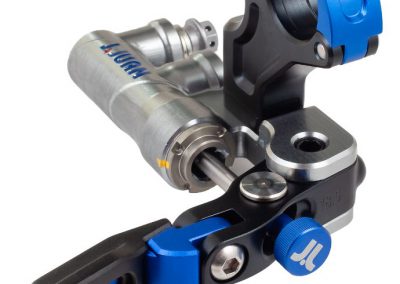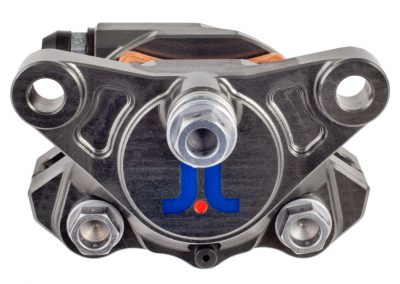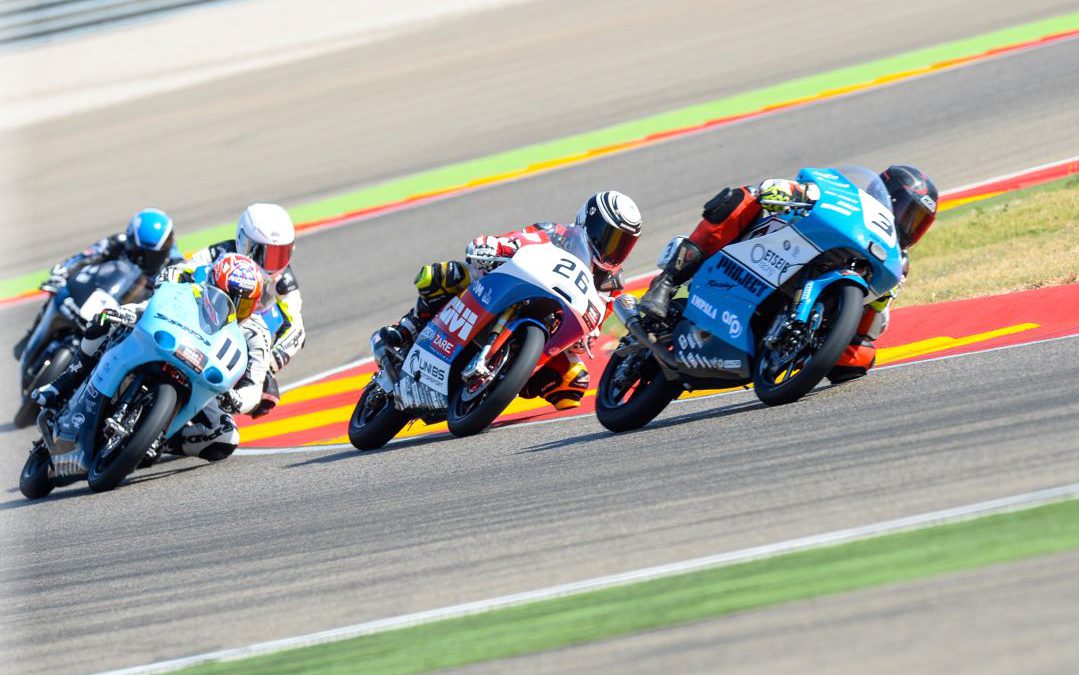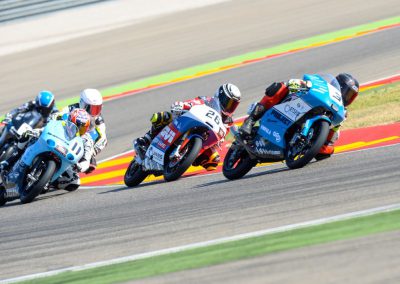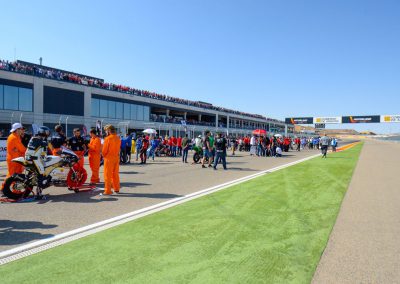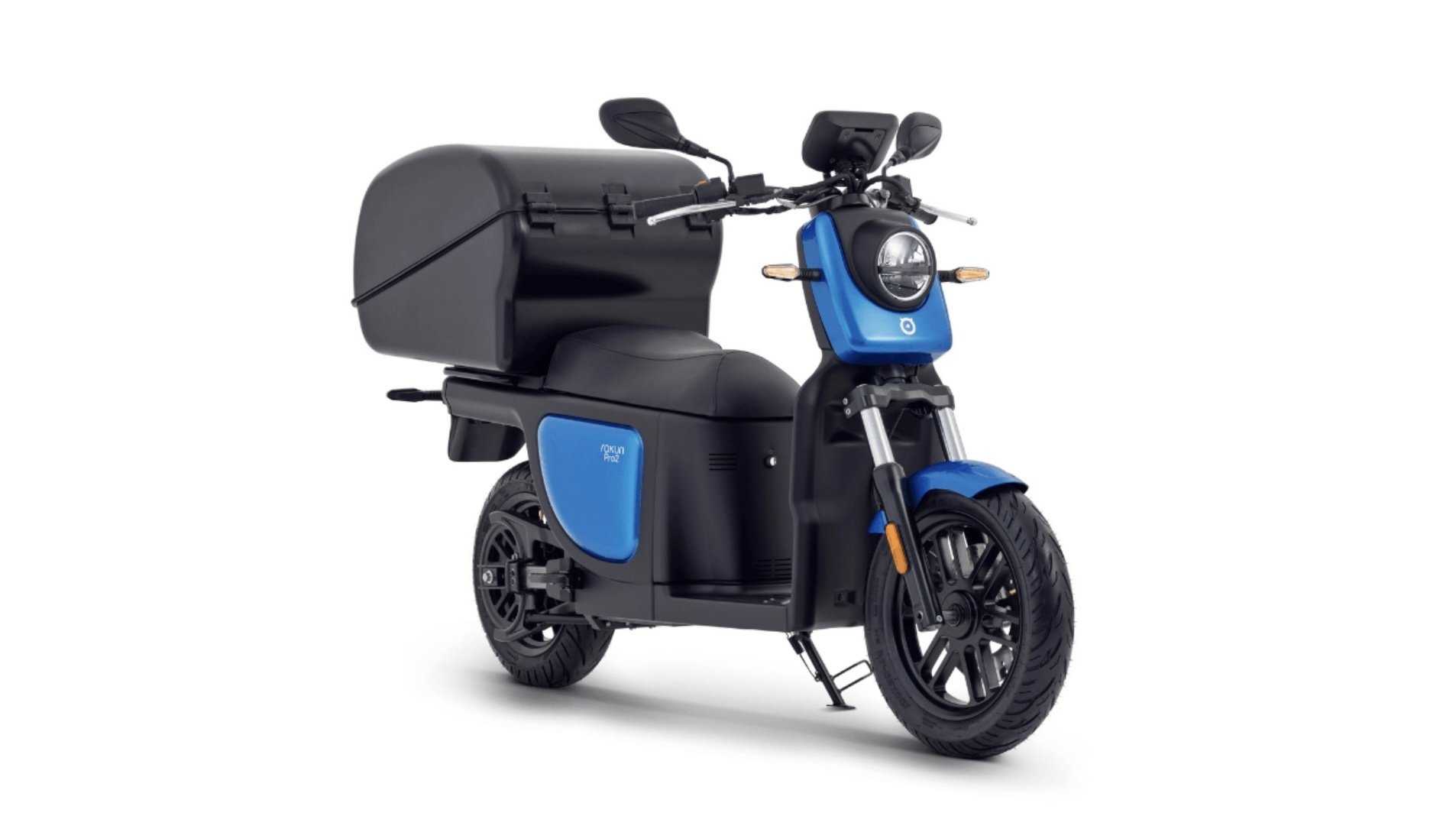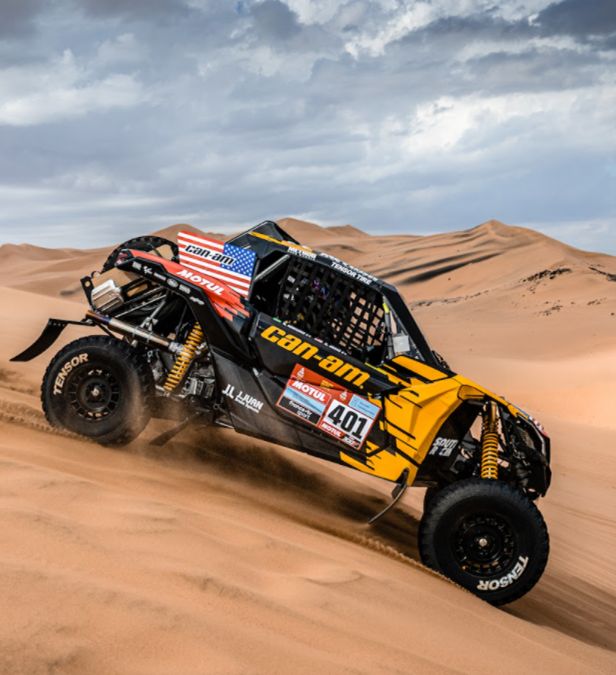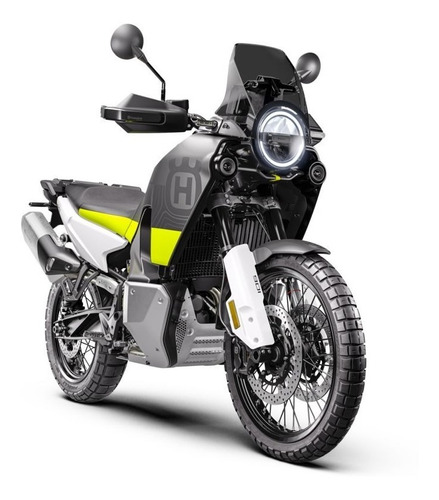
Husqvarna Norden 901 brakes with J.Juan
Husqvarna wants to assert leadership in the most trendy discipline in Europe, mid-displacement adventure touring. Accordingly, it has unveiled the Norden 901 2022, a traveller with a 899 cc engine with 105 hp at 8,000 rpm. It has an extraordinary capacity for both asphalt and off-road.
J.Juan has equipped it with a complete brake system from master cylinders to calipers as well as unexpandable-mesh hydraulic hoses. The feeling of precision in braking is highly regarded by the media in the sector.
The calipers are black anodized and feature a laser-engraved ‘Husky’ logo. The front ones are radially mounted and brake on two Ø 320 mm discs with 4 pistons each. At the back, a twin-piston floating caliper engages a Ø 260 mm disc.
Driving a Norden 901 is an excellent experience, it behaves great and its components are tailored to make it one of the most desirable motorcycles on the market.
J.Juan is the world-leading manufacturer of meshed hydraulic tubes and the second European manufacturer of motorcycle brakes. Founded in 1965 in Barcelona (Spain), it currently employs 640 workers. J.Juan is part of Brembo Group, a world leader in brake technology. Founded in 1961 in Bergamo (Italy) it expands 15 countries across 3 continents with more than 12,000 employees in 29 production and business locations. Brembo owns prestigious brands such as AP, AP Racing, Breco, Bybre, J.Juan, Marchesini and SBS Friction.

